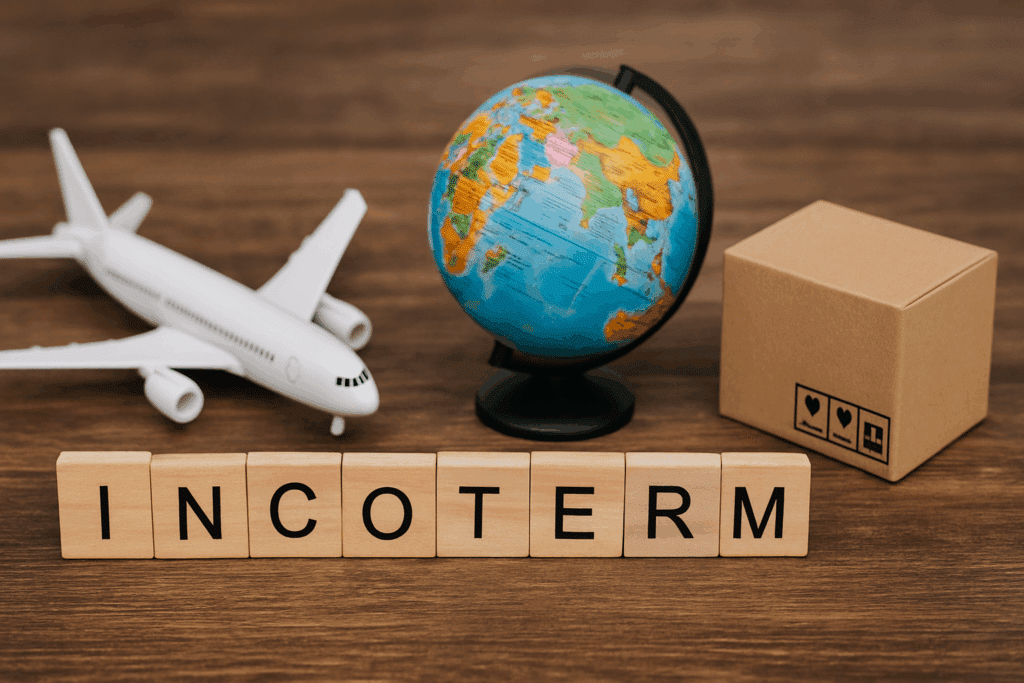In international maritime trade, clarity in responsibility and risk management is essential. This is where Incoterms (International Commercial Terms) come into play. Established by the International Chamber of Commerce (ICC), Incoterms provide standardized rules that define the obligations of buyers and sellers in international transactions.
What Are Incoterms?
Incoterms are globally recognized trade terms used in contracts for the sale of goods. They outline who is responsible for each part of the shipping process, including transportation, insurance, documentation, customs clearance, and risk.
The latest version, Incoterms 2020, includes 11 terms divided into two categories:
- For all modes of transport: EXW, FCA, CPT, CIP, DAP, DPU, DDP
- For sea and inland waterway transport only: FAS, FOB, CFR, CIF
Why Are Incoterms Important in Maritime Logistics?
Incoterms help avoid misunderstandings and disputes by clearly establishing:
- Who arranges and pays for transportation.
- Who bears the risk at each stage of the journey.
- Where the delivery point and transfer of responsibility occur.
In maritime trade, sea-specific Incoterms such as FOB (Free on Board) and CIF (Cost, Insurance and Freight) are widely used. These define responsibilities regarding loading, freight costs, and insurance coverage during the ocean transit.
Key Maritime Incoterms Explained
- FOB (Free on Board): Seller delivers the goods on board the vessel. Buyer bears the cost and risk from that point forward.
- CIF (Cost, Insurance and Freight): Seller covers the cost of goods, insurance, and freight to the destination port. Risk still transfers once goods are on board.
- FAS (Free Alongside Ship): Seller delivers the goods alongside the vessel. Buyer takes on loading, freight, and insurance.
- CFR (Cost and Freight): Seller pays for transport to the destination port, but risk passes to the buyer once the goods are loaded.
Common Mistakes When Using Incoterms
- Confusing transfer of risk with ownership.
- Using terms incompatible with the mode of transport.
- Not specifying the port or delivery location clearly.
Practical Example
A company in Argentina sells soybean pellets to a buyer in the Netherlands using CIF Rotterdam. The seller arranges and pays for the ocean freight and insurance, but once the goods are loaded in Buenos Aires, the risk of loss or damage passes to the buyer.
Conclusion
Using the correct Incoterm is essential to ensure smooth operations in maritime trade. It influences pricing, logistics planning, documentation, and even legal liabilities. Businesses that understand and apply Incoterms correctly are better positioned to negotiate and execute international transactions efficiently.
Learn more about our maritime logistics services here.
Need guidance on the best Incoterm for your next shipment? Contact our maritime logistics experts today.


